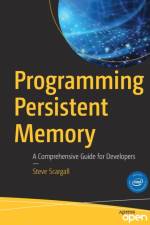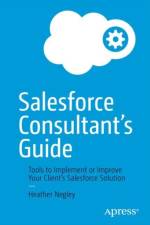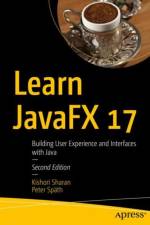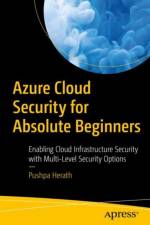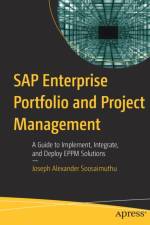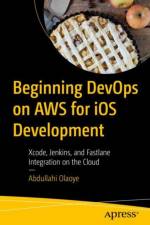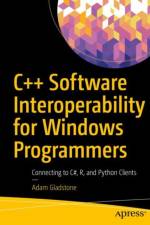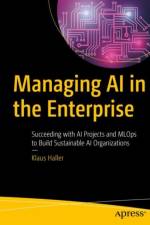av Victor G Brusca
761
Jump start your Unity game development journey with a detailed review of a complete, professionally built game using Unity, C#, and Visual Studio. Gain invaluable experience with code structure, project structure, centralization of game state data, controlled initialization of script components, AI opponents, multiple input sources, player preferences, a full HUD and menu system, music and sound effects, level/track building, and more.Author Victor Brusca walks you through the game's code, scripts, and overall structure, all the while showing you how the code works within the Unity engine to define a complete, refined game. Starting with game specifications, the book covers base classes, basic interaction classes, advanced interaction classes, helper classes, input classes, and abstraction of raw input. Next, you'll dive into the menu system and see how a full, complete menu and HUD are coded and set up in the project through a detailed review of the code and working examples. Subsequently, you'll gain insight on player and game state management, and the author will demystify the component-based structure of Unity games by demonstrating how to maintain order and centralization. Lastly, you will review pertinent build and project settings while learning techniques to profile and check the performance of your games, and tie it all together by building a new racetrack for the included game project.On completing this book, you'll have gained experience through the detailed review of a hover car racing game using C#, Unity Coding, Visual Studio, Unity C# Project Management, Unity Environment, Unity Project Management and more.What You Will LearnUnderstand Unity project design and implementation with regard to code base and scene hierarchy/game objectsLearn to implement game mechanics connected to Unity scene game objects with working demonstrationsReview professional topics, such as AI opponents, data persistence, menu systems, etc., and implement in the included projectCreate a complete game from ground up using prefab models and the code reviewed throughout the textWho This Book Is ForReaders with some coding experience, an understanding of classes in an OOP language, and solid experience using the Unity Editor. The code is reviewed and explained in detail on a class-by-class basis while also providing an overview of the overall structure of the code base, project, and scenes.



